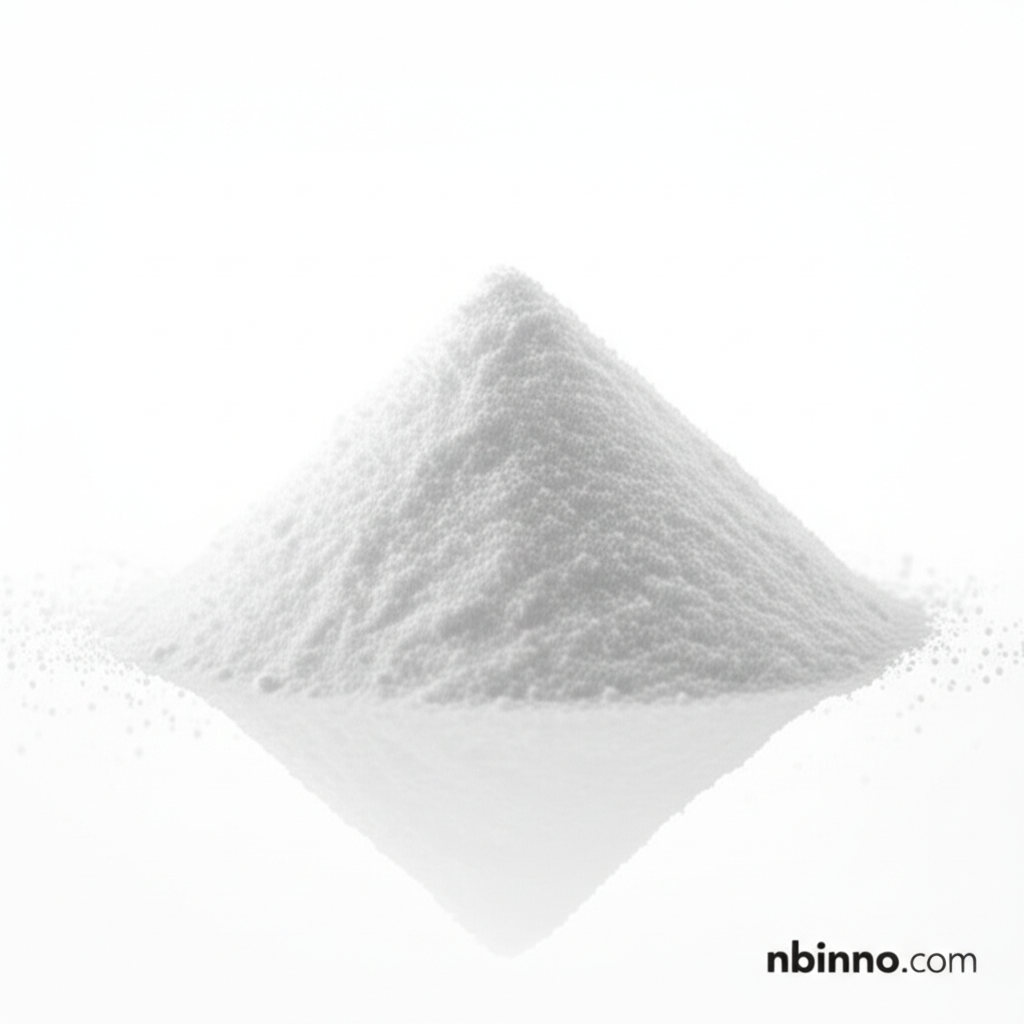Dorzolamide Hydrochloride: A Key Player in Glaucoma Management
Discover the therapeutic power of Dorzolamide Hydrochloride for treating glaucoma and reducing intraocular pressure.
Get a Quote & SampleProduct Core Value

Dorzolamide Hydrochloride
Dorzolamide Hydrochloride is a vital Active Pharmaceutical Ingredient (API) renowned for its efficacy in managing glaucoma and ocular hypertension. It functions as a carbonic anhydrase inhibitor, specifically targeting the ciliary body to reduce the production of aqueous humor. This targeted action effectively lowers intraocular pressure (IOP), thereby protecting the optic nerve and preserving vision, making it a cornerstone therapy for patients.
- Discover the benefits of dorzolamide hydrochloride for glaucoma and learn how it helps maintain ocular health.
- Explore the precise dorzolamide hydrochloride API manufacturer specifications and quality assurance.
- Understand the dorzolamide hydrochloride mechanism of action in reducing intraocular pressure.
- Learn about the crucial role of dorzolamide hydrochloride ophthalmic solution in patient treatment plans.
Key Advantages
Targeted Ocular Action
As a topical treatment, dorzolamide hydrochloride offers targeted ocular action, minimizing systemic absorption and its potential side effects, a critical factor when considering dorzolamide hydrochloride side effects.
Effective IOP Reduction
The drug's ability to inhibit carbonic anhydrase directly leads to a significant reduction in intraocular pressure, crucial for preventing vision loss associated with glaucoma.
First-Choice Therapy
Its favorable safety profile and targeted efficacy make it a preferred choice for both monotherapy and in combination treatments, offering flexibility for managing patient needs.
Key Applications
Glaucoma Treatment
Dorzolamide Hydrochloride is extensively used in the treatment of open-angle glaucoma, a leading cause of irreversible blindness worldwide.
Ocular Hypertension Management
It is also prescribed for ocular hypertension, a condition where intraocular pressure is elevated but without optic nerve damage, helping to prevent progression to glaucoma.
Vision Preservation
By effectively managing intraocular pressure, the drug plays a crucial role in preserving optic nerve health and maintaining patient vision.
Combination Therapy
Often used in fixed-dose combinations with other medications like timolol, it provides a comprehensive approach to IOP control.
